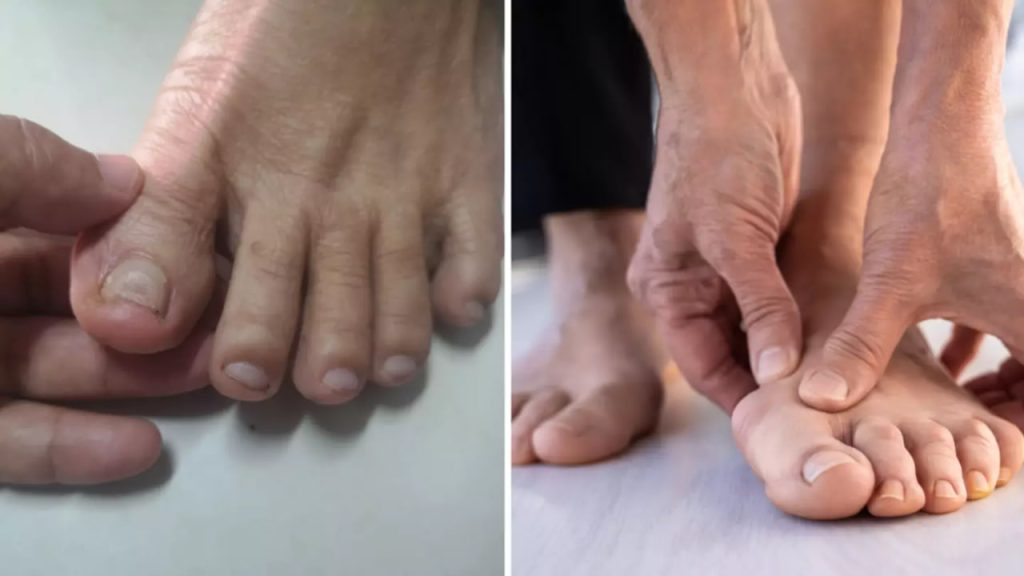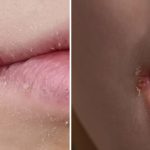We all know the importance of diet and exercise for good health, but did you know that your feet could be telling you something about your health?
Many of us hate looking at our toes (either that, or we make jokes about selling pics of them when payday feels like a long way away), but maybe we should get a bit more familiar with them.
It turns out that our feet can hold a few warning signs about a serious condition, according to a pharmacist.
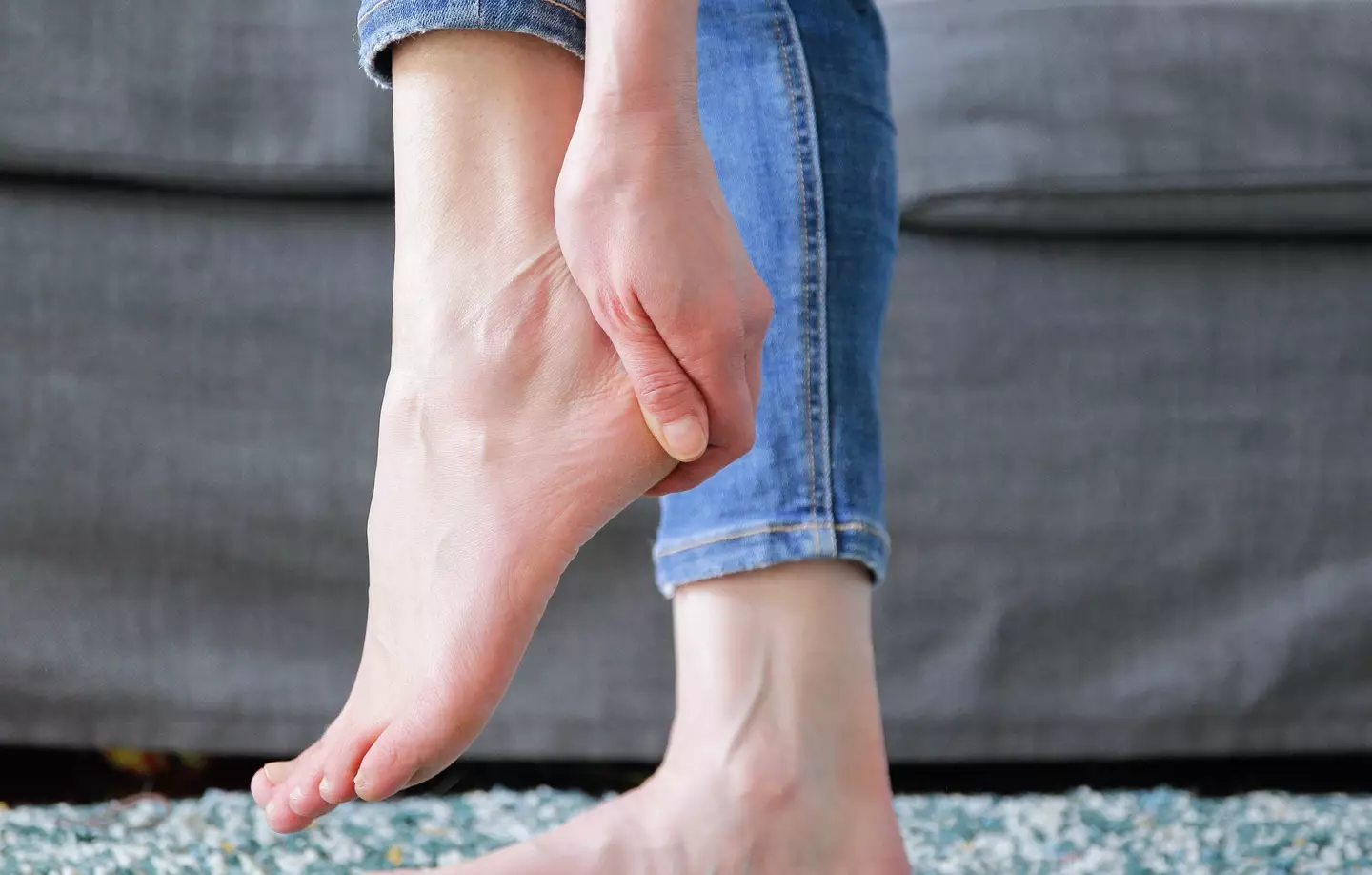
A pharmacist has issued a stern warning (Kinga Krzeminska/Getty)
Noel Wicks is a pharmacist and advisor to Excilor, and he has shared the importance of getting up close and personal with the much-maligned body part.
So, what should we look out for?
He told the Express about how the feet could warn you about two serious conditions, but your socks and shoes could be hiding important information.
He shared: “We need to keep an eye on our foot health, including our toenails, because it can impact on our overall health and be a sign of [serious] health issues.”
The blood vessels that supply the toes are small, so its easy for them to get clogged up.
This can lead to cold, painful, swollen, or even numb feet.
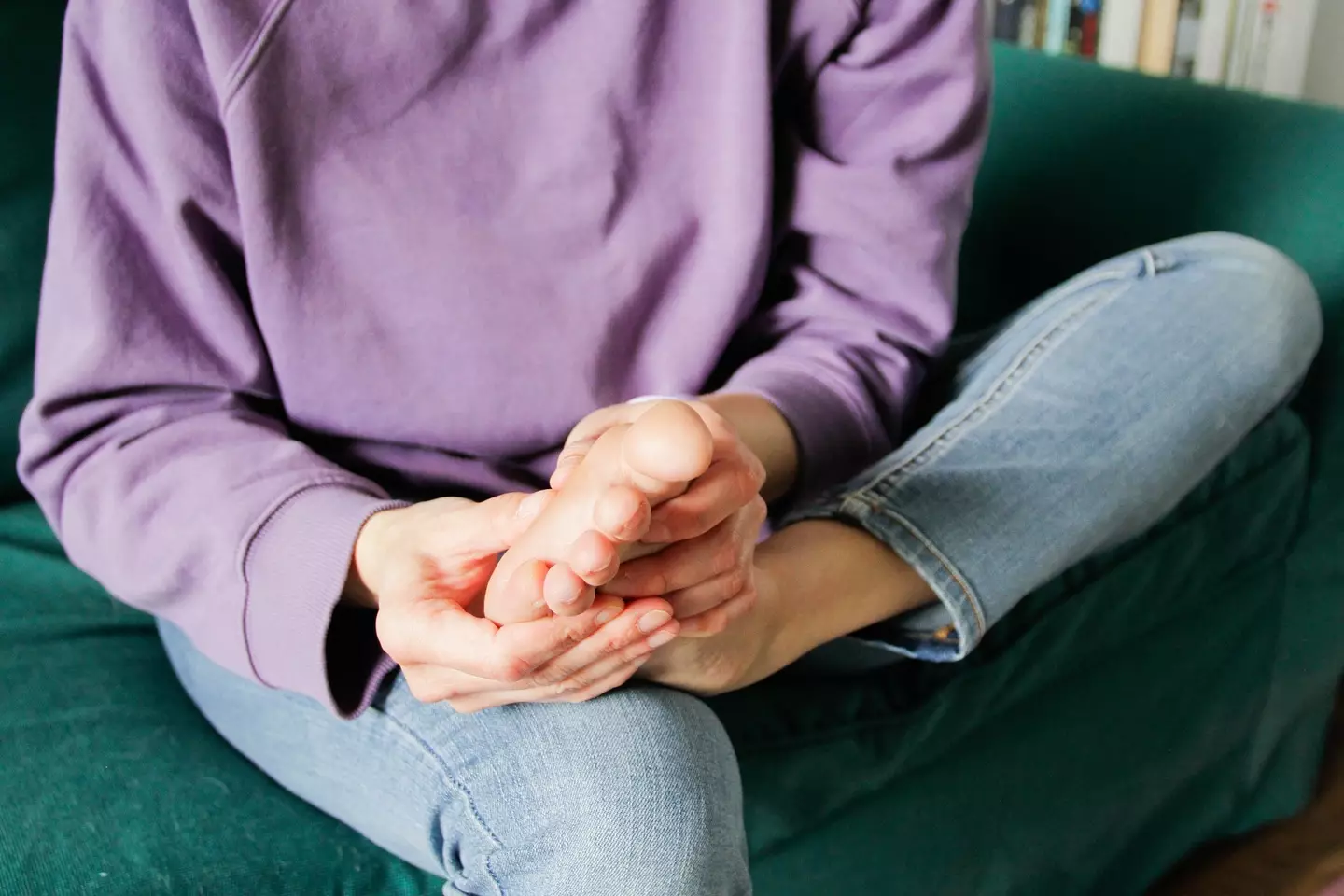
Damaged feet can indicate that something is wrong (Kinga Krzeminska/Getty)
According to Noel, this can be a warning sign of heart disease which shouldn’t be ignored.
It’s not just your skin to be aware of, but also your toenails.
We know, try not to cringe.
He said: “Thickening and brittleness of toenails may also occur with heart disease.”
What is peripheral arterial disease?
The NHS says that peripheral arterial disease (PAD), also known as peripheral vascular disease, is what happens when fatty deposits in the arteries restrict blood supply to your leg muscles.
The NHS site says: “Many people with PAD have no symptoms. However, some develop a painful ache in their legs when they walk, which usually disappears after a few minutes’ rest. The medical term for this is ‘intermittent claudication’.
“The pain can range from mild to severe, and usually goes away after a few minutes when you rest your legs. Both legs are often affected at the same time, although the pain may be worse in one leg.”
Other symptoms to be mindful of are tingling, pain, burning, dry skin, cracked skin, and blisters or sores that don’t heal.
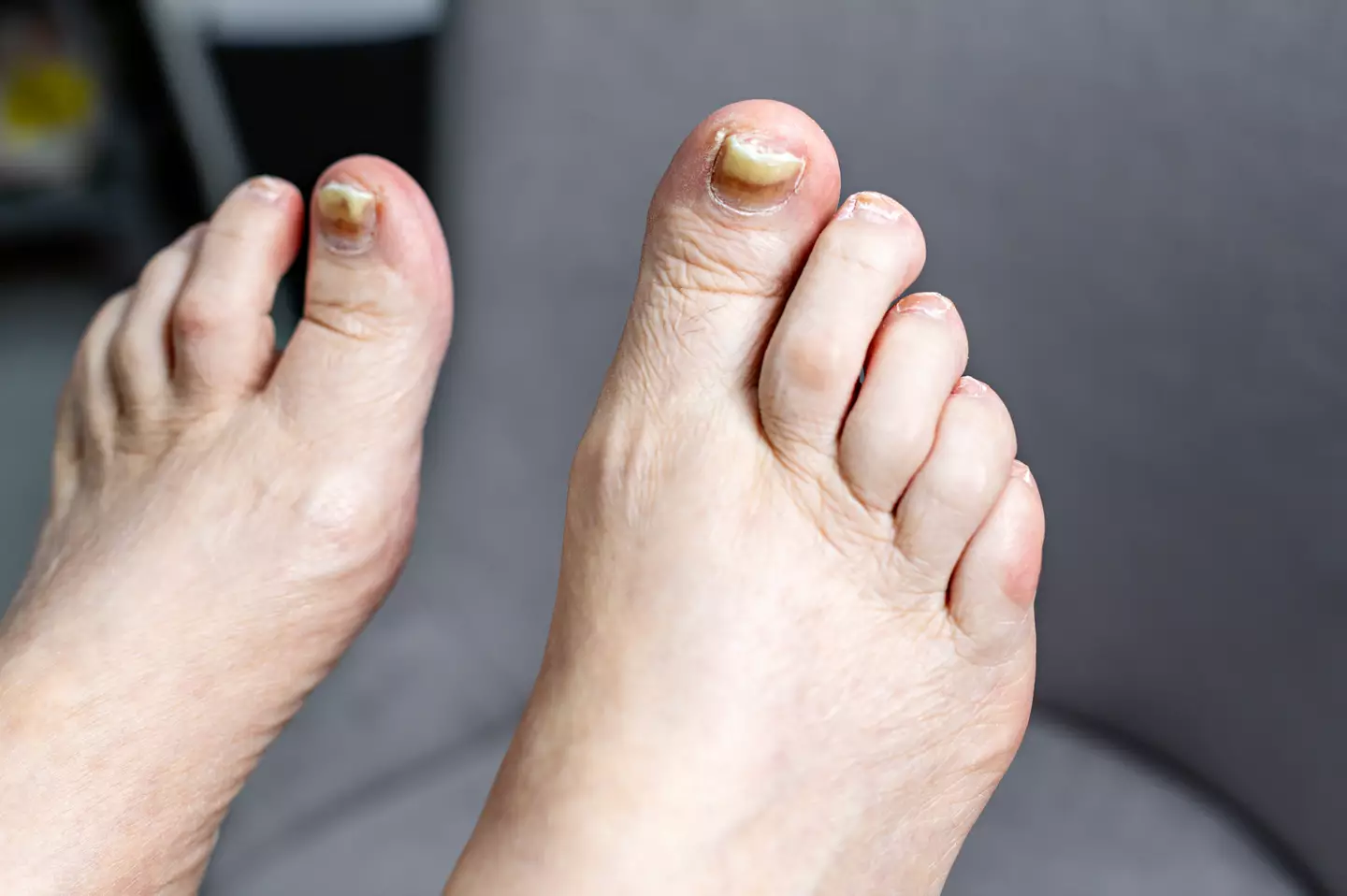
Thick toenails can be a sign of something more sinister happening behind the scenes (Ekaterina Rekina/Getty)
You also need to be aware of fungal infections and athlete’s foot, as they can also point towards something serious.
Sorry if you’re eating – but be sure to keep an eye out for thick yellow nails too.
They can all point to heart issues, or diabetes.
What other symptoms should you look out for?
Other symptoms to be aware of are chest pains, heart palpitations or shortness of breath.
For diabetes, you might feel tired all of the time, have unexplained weight loss, or feel particularly sleepy after eating your meals.
It’s time to put embarrassment to one side and get used to properly checking your feet.
Featured Image Credit: Getty Stock Images
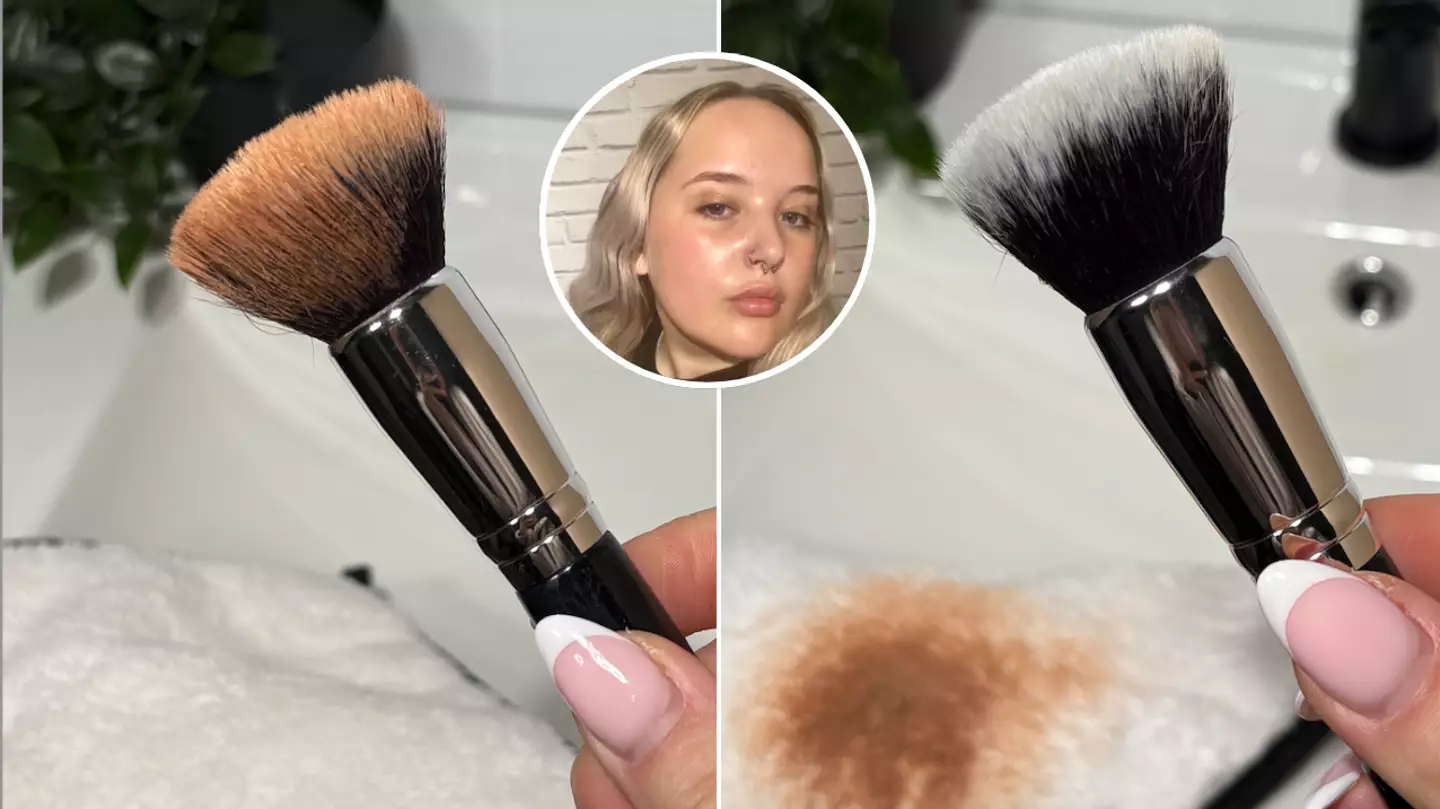
This article contains affiliate links and LADbible Group will make a commission on anything purchased.
Why is it that we always wake up with a big, shiny spot on the days we have social plans? Well, women say they’ve finally found a solution to their skincare woes and it’s easier than you think.
In a bid to tackle pesky blemishes, we often turn to spot treatments, cleansers or even toothpaste. But what if we told you that the answer could have been in your makeup bag all along?
Shoppers are rushing to buy a ‘miracle’ accessory to help clear up spot-prone skin and it comes as part of an incredible Skin Reset Bundle. With hundreds of five-star reviews, the £4.50 product in question has even been credited for preventing acne – and it’s selling fast.
“So glad I took the plunge and bought this after seeing it all over my TikTok ‘for you’ page!” one shopper wrote. “It has definitely saved me time and effort cleaning my brushes. I now don’t have an excuse for not doing it. And my skin already seams healthier and clearer.”
Another customer agreed, as they added: “Absolute game changer! I am guilty of hardly ever cleaning my makeup brushes because it’s such a long, tedious job! Well, no more, this stuff is absolutely insane! I actually enjoyed cleaning every single brush and it took minutes. It was so satisfying my brushes look brand new and they were gross to be honest! So affordable and it actually works! Love love love!!!!”
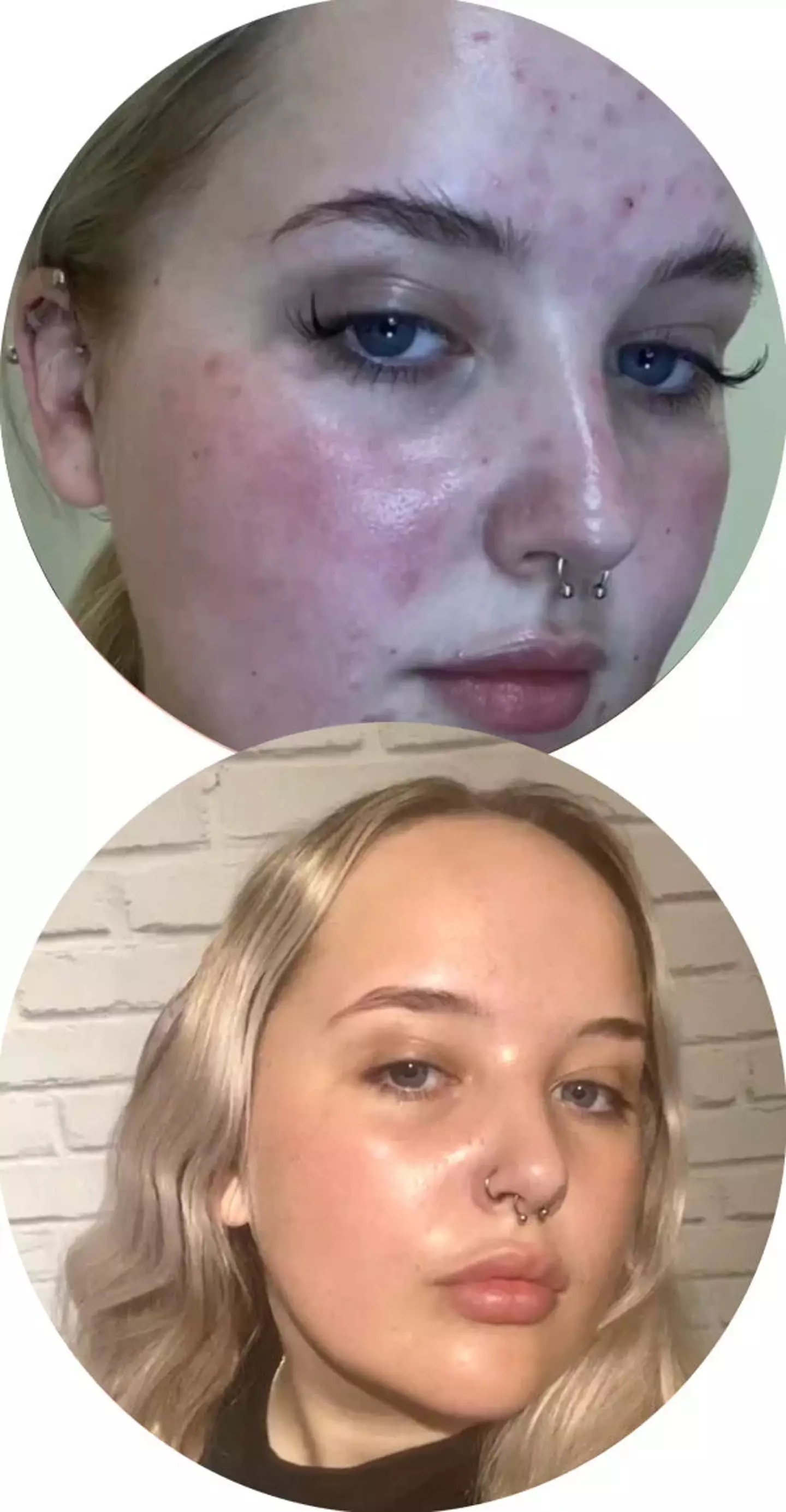
ISOCLEAN
A third simply wrote, “Love this cleaner so much. A little goes a long way and it cleans make up brushes thoroughly, meaning my skin is kept clear and clean too. Thoroughly recommend.”
Is your makeup brush causing spots?
According to ISOCLEAN, no matter how much time, effort, and money you pour into your 10-step skincare routine – unsanitary makeup brushes can still compromise your complexion. That’s because dirty brushes accumulate pigments, liquids, oils, and dead skin cells over time which can reintroduce acne-causing germs to the skin with every makeup application.
Breakouts can be caused by lots of different factors, from lifestyle and hormones to genetics so it’s important to figure out what kind of acne you have first and if you’re unsure, it’s recommended that you speak to a GP or dermatologist.
If it’s hormonal, spots will like appear as whiteheads or cysts. Breakouts will usually follow a pattern, for instance becoming worse before menstruation, and will show up on tell-tale hormonal places such as the chin, jawline or lower face.
In comparison, bacterial acne can appear anywhere, but is likely found on the face, back, or chest and oily areas such as the forehead, cheeks, or nose. It tends to be sore, red, and more consistent.
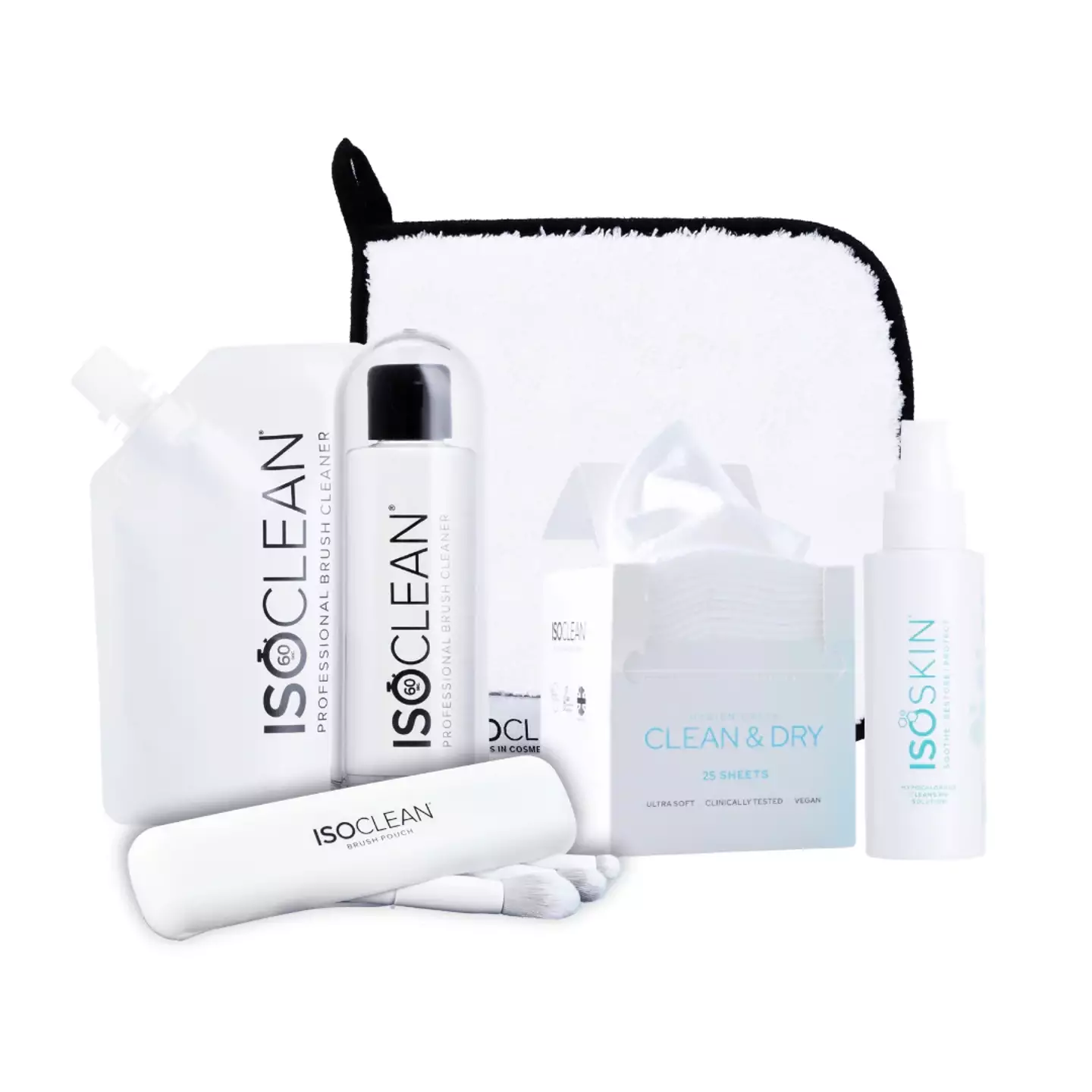
ISOCLEAN
Cleaning your makeup brushes will help to reduce the chances of bacterial acne. According to recent research conducted by ISOCLEAN, makeup is the leading cause of acne in 65% of cases, due to the spread of bacteria.
“Makeup brushes may actually be contributing to your acne as your makeup brushes can accumulate excess oil, dirt and debris and can become a breeding ground for bacteria, fungus and more,” Dr Marisa Garshick MD FAAD explains. In fact, one study conducted by ISOCLEAN indicated that out of 12 makeup brushes tested, 11 were dirtier than your average toilet seat. Yikes.
What is the makeup brush cleaner everyone is talking about?
The £4.50 accessory everyone is raving about is available to purchase on the ISOCLEAN website and is also included in the brand’s bestselling Skin Reset Bundle. At just £64, the beauty pack includes everything you could possibly need to kickstart your skincare routine:
- 165ml Easy Pour Makeup Brush Cleaner
- 165ml Makeup Brush Cleaner Refill
- Three piece brush set with silicone protection pouch
- Mini Microfibre towel
- 110ml Hypochlorous Spray
- Cotton cleansing Facial Towels (25 sheets)
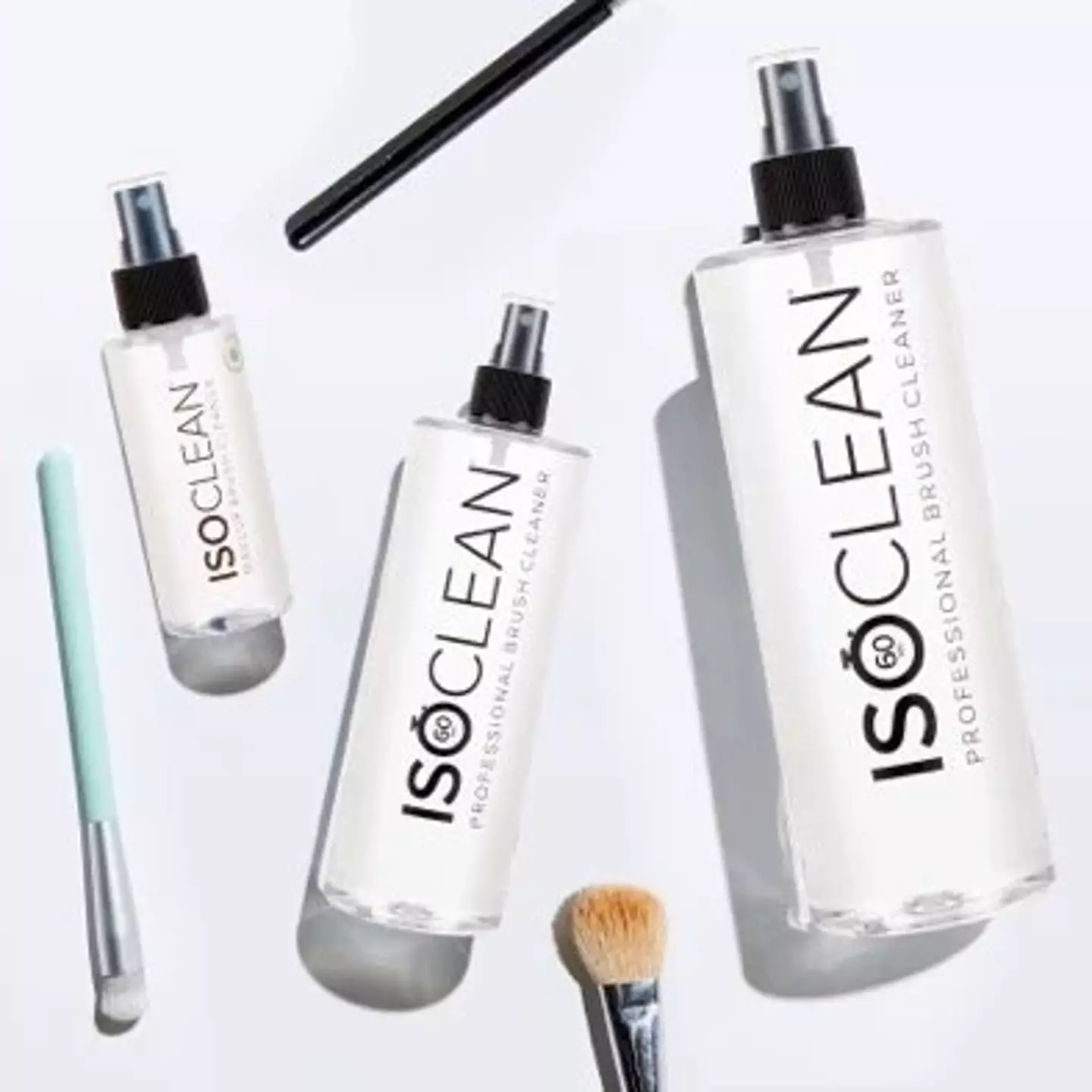
ISOCLEAN
With hundreds of rave reviews, the makeup brush cleaner included is designed to remove germs, dust, dirt, and bacteria from your brushes in less than 60 seconds – yes, seriously. All you need to do is spray the makeup brush, then dab onto a towel or tissue to remove any excess dirt or product. ISOCLEAN is the only makeup brush cleaner in the UK and the idea is pretty ingenius.
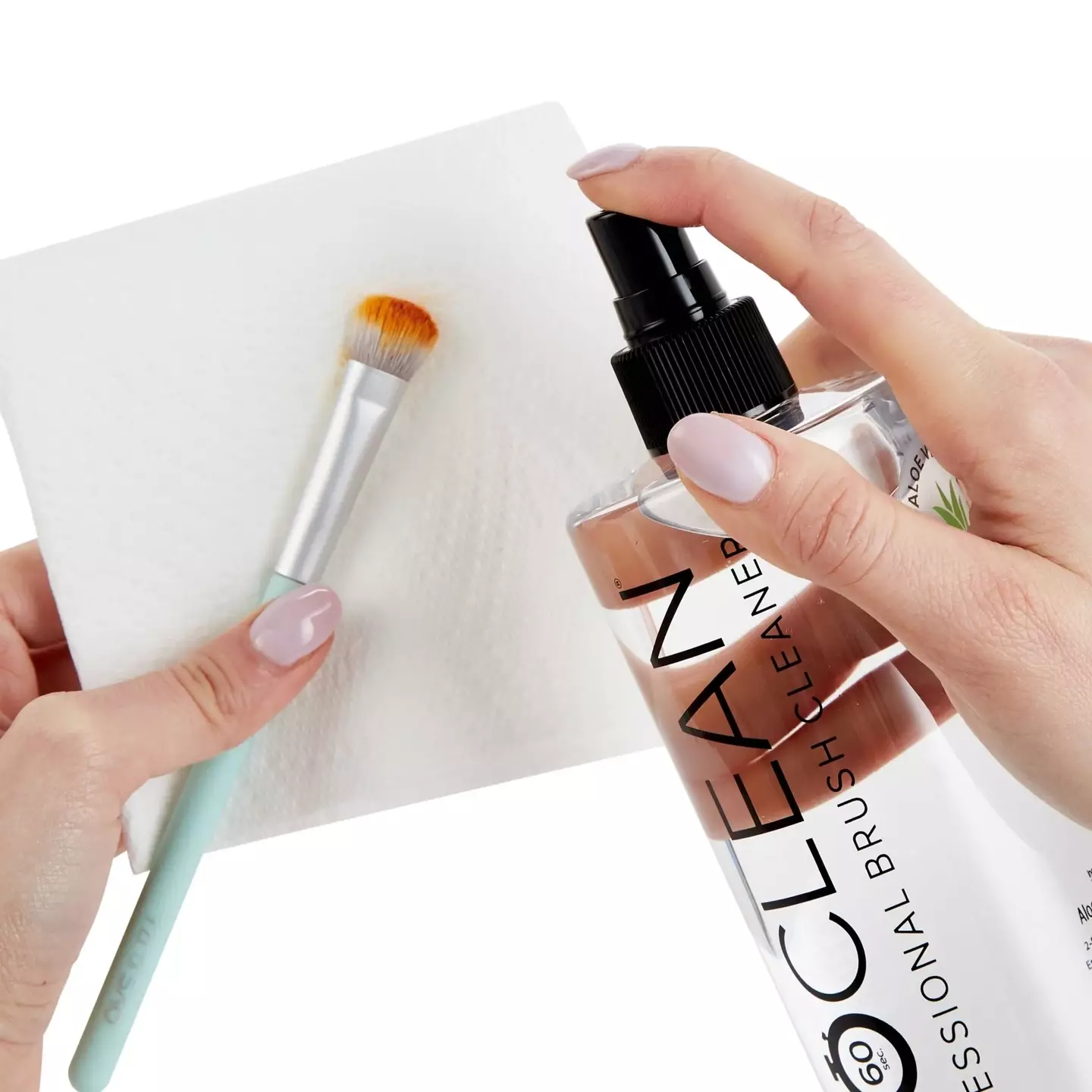
ISOCLEAN
You can now buy the ISOCLEAN Makeup Brush Cleaner for £4.50 on the website. It’s available in three sizes: 110ml, 275ml, and 525ml, and you can top up the product with makeup cleaner refill pouches, also available to purchase online. There is also a separate sponge cleaner available if you’re more of a beauty blender fan.
Visit the website to find out more.
Featured Image Credit: ISOCLEAN
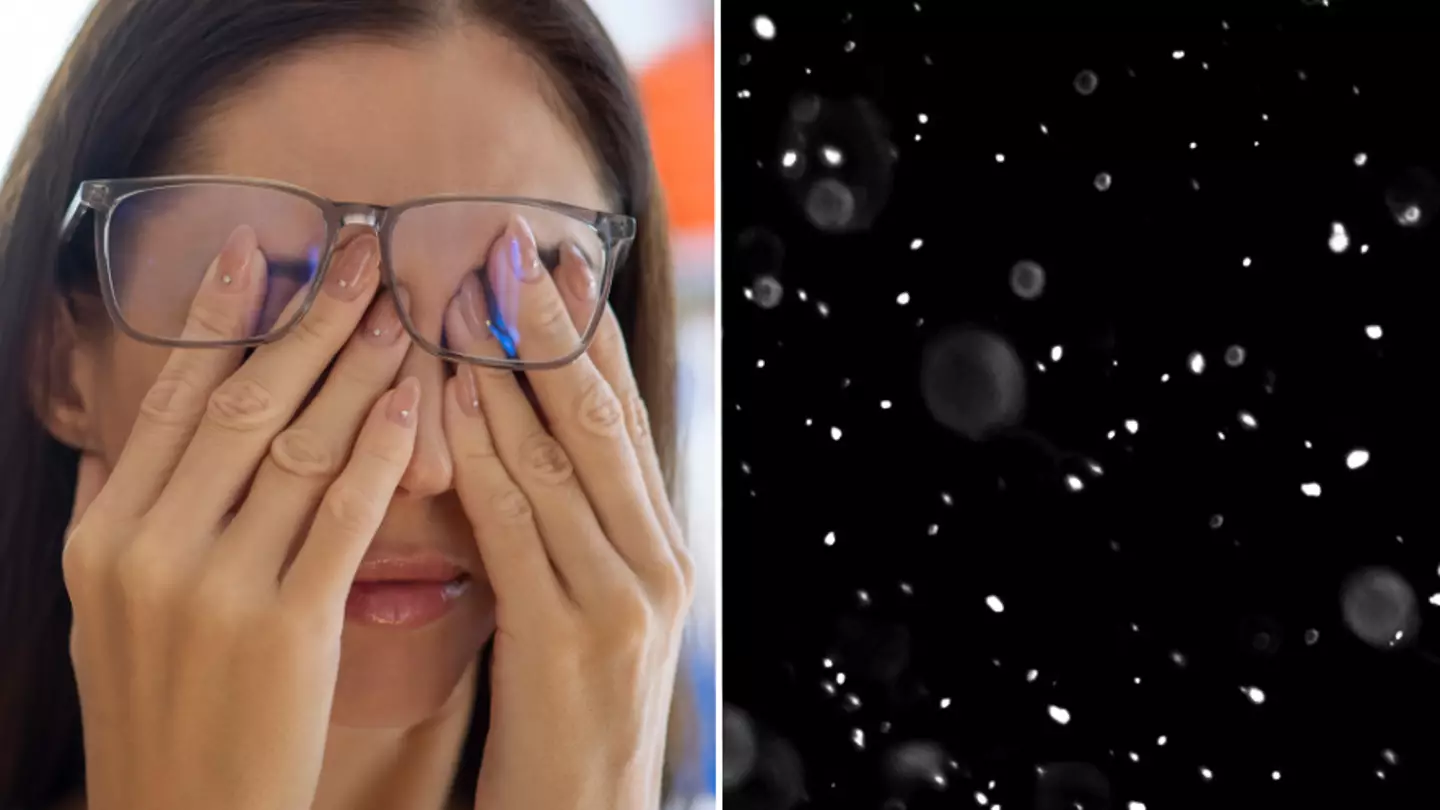
Ever rubbed your eyes so hard that you’ve been left seeing stars?
They mightn’t always be five-pointed shapes, but appear as fireworks, speckles, or flashes of colour.
Well, if the answer is yes, and you’ve always wondered what exactly is happening to spark such illusions, then read on.
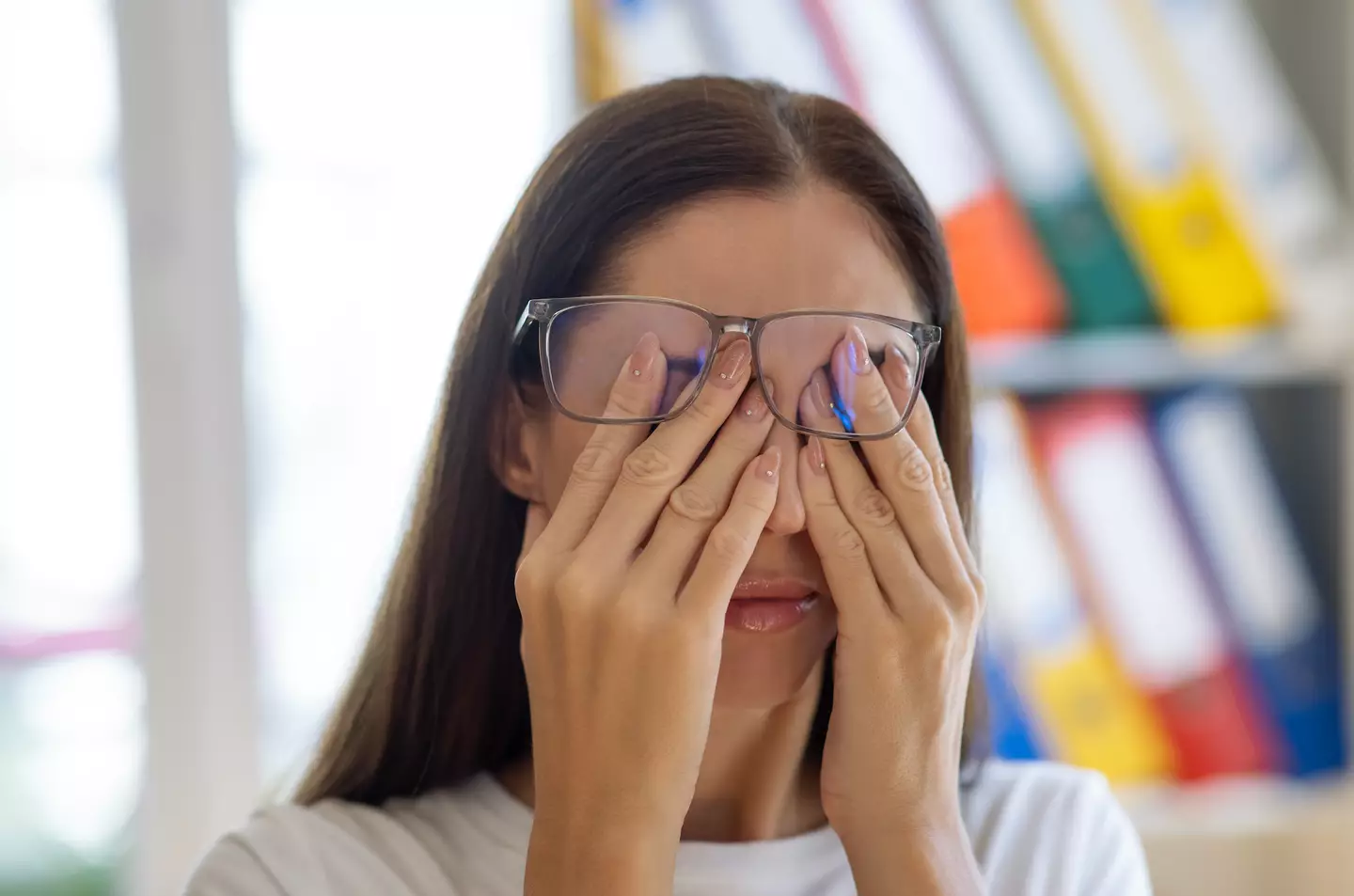
Ever wondered what causes such a weird sensation? (bymuratdeniz/Getty)
What is the sensational called?
You might be surprised to learn that there isn’t actually a technical term used to describe applying such a level of pressure to the eye that you start seeing pictures and graphics.
But according to experts at BBC Science Focus, the splashes of coloured light that we see after pressing our eyes are known as ‘phosphenes’.
And while you might think there’s sorts of phenomena that were named as recently as the 20th century, they were actually first reported as long ago as the Ancient Greeks were around.
Philosopher and early neuroscientist Alcmaeon of Croton once wrote in the 5th century B.C. of the vision experienced following a blow to the head: “The eye obviously has fire within it, for when the eye is struck fire flashes out.”
What actually causes it?
When you rub your eyes aggressively using your fingers or hands or push too hard into your sockets using the ball of your wrists, pressure is created within the eyeball.

Different people see different things depending on how much pressure they apply (Longhua Liao/Getty)
This pressure activates things called ganglion cells in the retina, in the same way that light does when we’re looking around.
Being unable to tell the difference between simply seeing, and activating these cells, the brain interprets your vision as though you’re actually seeing light from the outside world.
Explaining it further Angie Wen – a cornea surgeon at New York Eye and Ear Infirmary of Mount Sinai – explained: “[Sometimes] we see light that actually comes from inside our eyes or from electric stimulation of the brain rather than from the outside world.
“These bursts of seemingly random intense and colourful lights are called phosphenes, and appear due to electrical discharges from the cells inside our eyes that are a normal part of cellular function.”
What do most people see?
As we say, not everything graphic you see when you rub your eyes is star-shaped.
In fact, the most common phosphenes are described by those who commonly experience them are diffuse blobs of different colours.
The more the eyes are rubbed, the more that these images seem to move and dissipate.
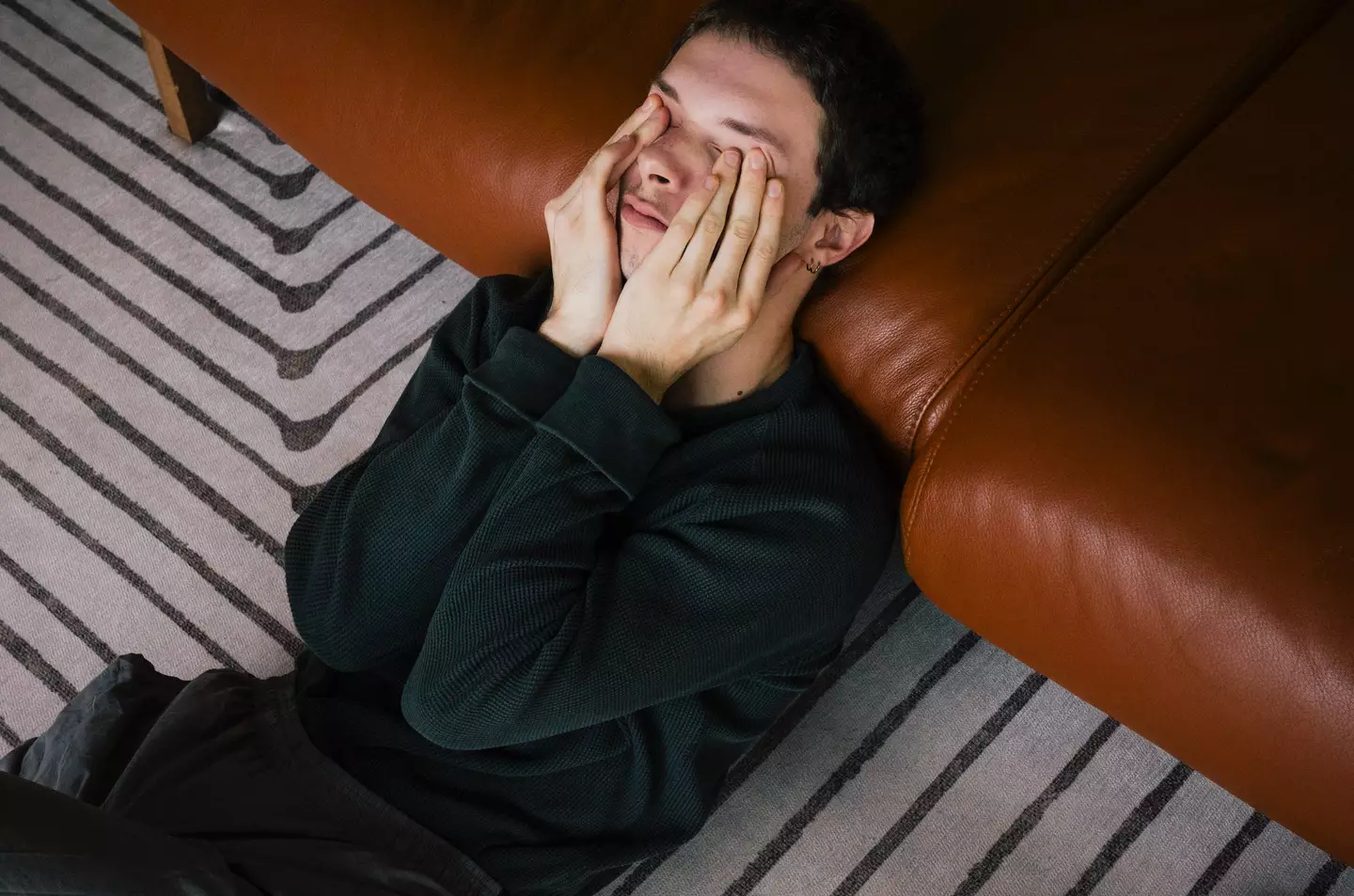
There are certain risks involved with pushing down too hard (Longhua Liao/Getty)
Other types of phosphenes are scintillating, and move rather quickly across your vision in patterns, which are often similar to psychedelic paintings.
According to the BBC, these ‘probably reflect the organisation of cells higher up in the visual system’.
This is because the major hallucinogens also affect the visual system in the same way.
Other people might be intense flashes of a sky-blue light.
Apparently, the latter could indicate that the eye has been pressed for too long, and therefore you should refrain to minimise the risk of damaging the eye any further.
Featured Image Credit: Getty Stock Images
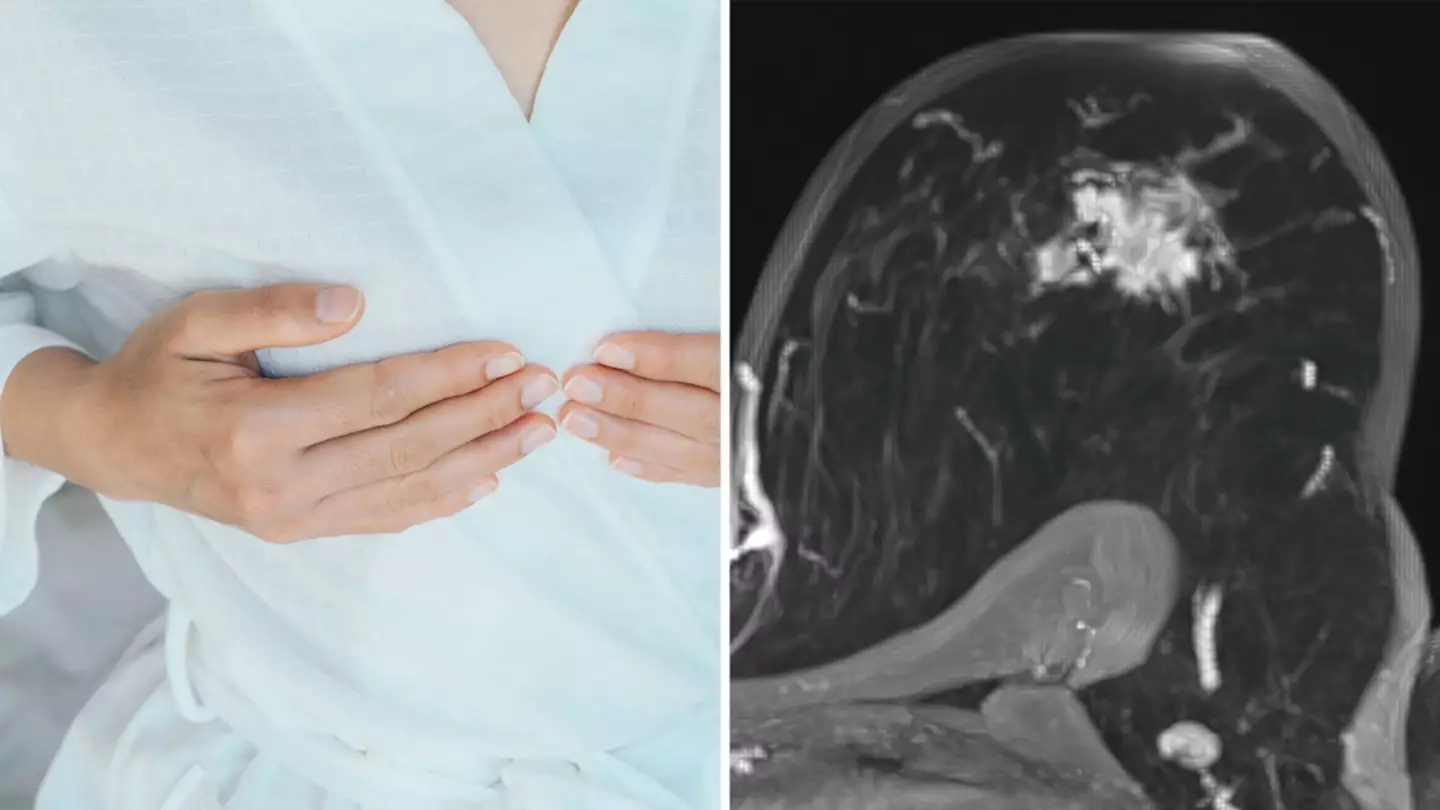
With breast cancer cases reportedly on the rise – especially in younger women – doctors and medics all over the world are once again issuing vital warnings of the seven ‘silent killer’ warning signs of the disease.
Here, we hope to give readers across the globe – particular women and girls – the encouragement they need to seek out a GP if they suspect they may be battling the early signs of breast cancer.
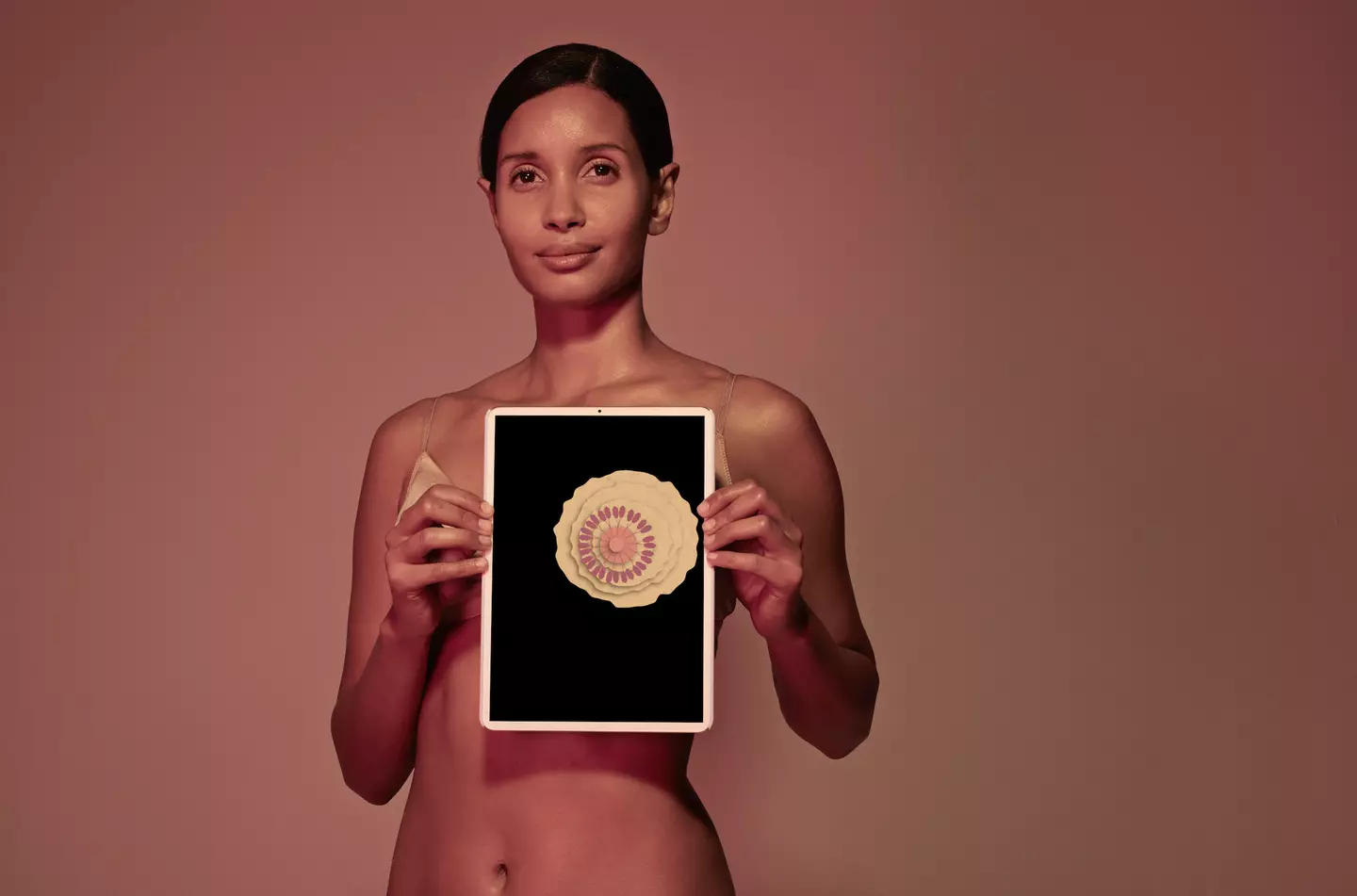
Breast cancer symptoms vary depending on the patient (Klaus Vedfelt/Getty)
1) An increase in breast size
In many breast cancer cases, patients report visible changes to the size of one of their breasts – often 2-3 times the size of the other.
According to Dr Arthy Yoga – a breast surgical oncologist at Houston Methodist – a breast appearing larger, heavier or fuller could mean that cancer is present.
She added that, alternatively, a breast sitting firmer, tighter or higher than before can indicate cancer growing diffusely.
“Similar to how a breast mass growing under the skin causes a dimple or divot, diffuse growth pulls the entire skin of the breast inward,” the cancer specialist continued.
“If a diffuse cancer is growing and blocks the lymphatics of the breast, lymph cannot drain and this fluid can build up and cause enlargement of the breast.”
It’s important to note that, in most women, one breast is slightly larger than the other.
Getting to know the size and shape of your breasts prior to a diagnosis can help make it easier to notice any changes.
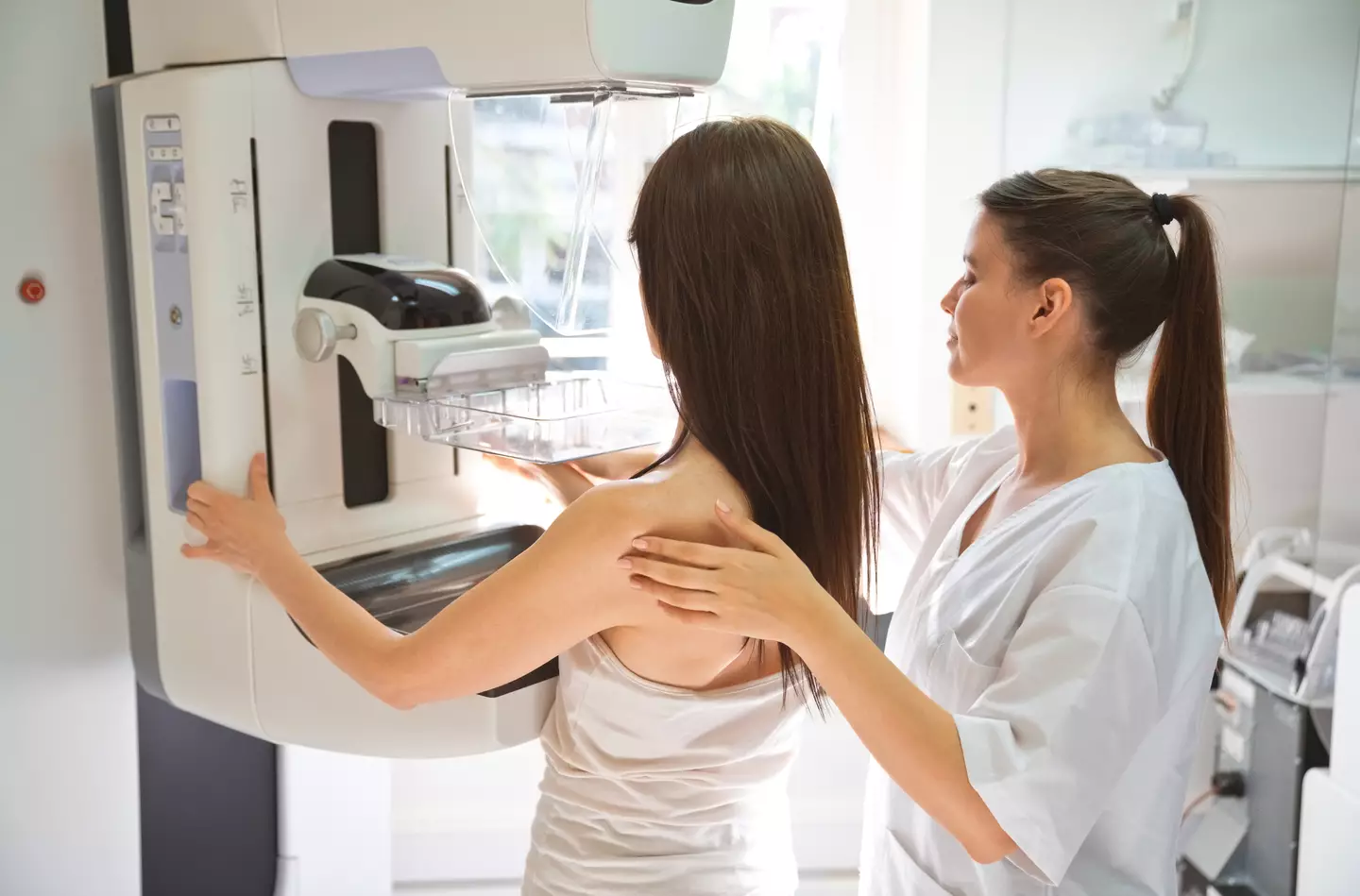
An increase in the size of the breast could indicate that the disease is present (izusek/Getty)
2) Redness, rash or blotchiness around the breast
The appearance of breast cancer can hugely vary depending on the patient.
Whilst one individual might report a blotch appearing on the breast which is reminiscent of a mosquito bite, others might report enduring a colossal rash spreading across either one or both breasts.
And whilst other conditions – such as Mastitis – can cause colour change in the breast area, Wendy Woodward M.D. of the Anderson Cancer Centre says it is the speed at which a rash develops, or the skin changes, that can indicate the presence of cancer.
3) Pain/soreness
According to the National Breast Cancer Foundation, though it’s rare for a tumour in the breast to cause pain, many patients report an increased amount of sensitivity in this area.
In many cases, this sensation is caused by a different ailment entirely – including menstrual changes, hormone adjustments or a pulled muscle.
That said, however, any newness in this area should always be reported.
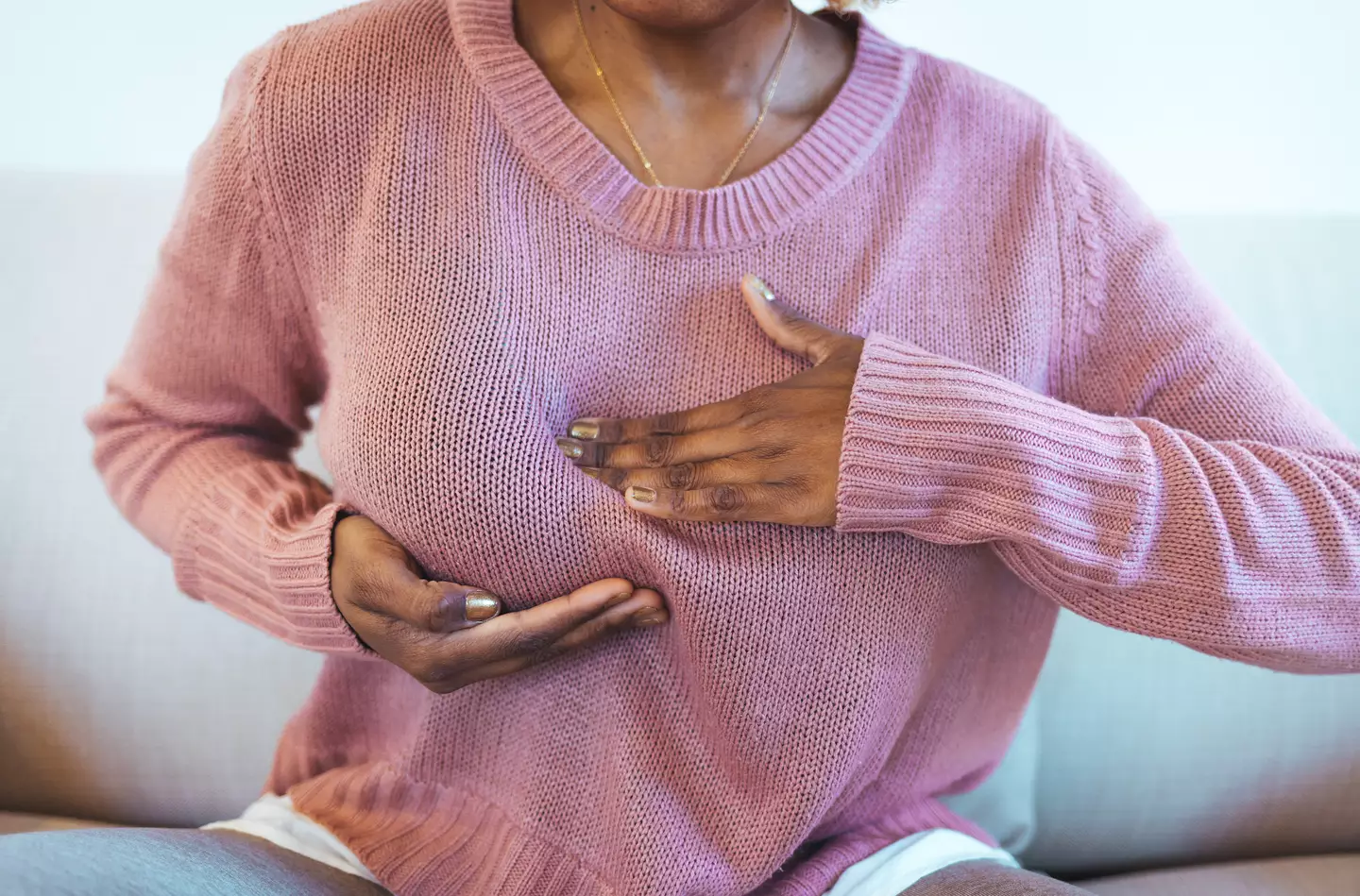
Pain in the area is another common symptom (dragana991/Getty)
4) A lump, thickening or dimpling or the skin
Whilst breast tissue often feels covered with unusual lumps and bumps, changes to the skin’s consistency and texture could indicate breast cancer.
The majority of cases recorded in the UK allege that the patient caught wind of the disease by noticing a lump growing in their breast or armpit.
This could be a round and firm lump, or a softer sensation that is easily to move around under the skin.
The latter could also have irregular edges.
Skin dimpling to the extent that it resembles the consistency of an orange could also be a sign of cancer, as could a sudden change in the colour of thickness of the breast’s tissue.
5) Warmth of tenderness of the breast
Inflammatory breast cancer – a rare and aggressive form of the disease, which accounts for 1 in 5 cases and sees cells block lymph vessels in the skin of the breast – often sees patients reporting a sudden or sporadic feeling of heat in the chest region.
These cases often involve the breast also becoming more tender to the touch and generally inflamed.
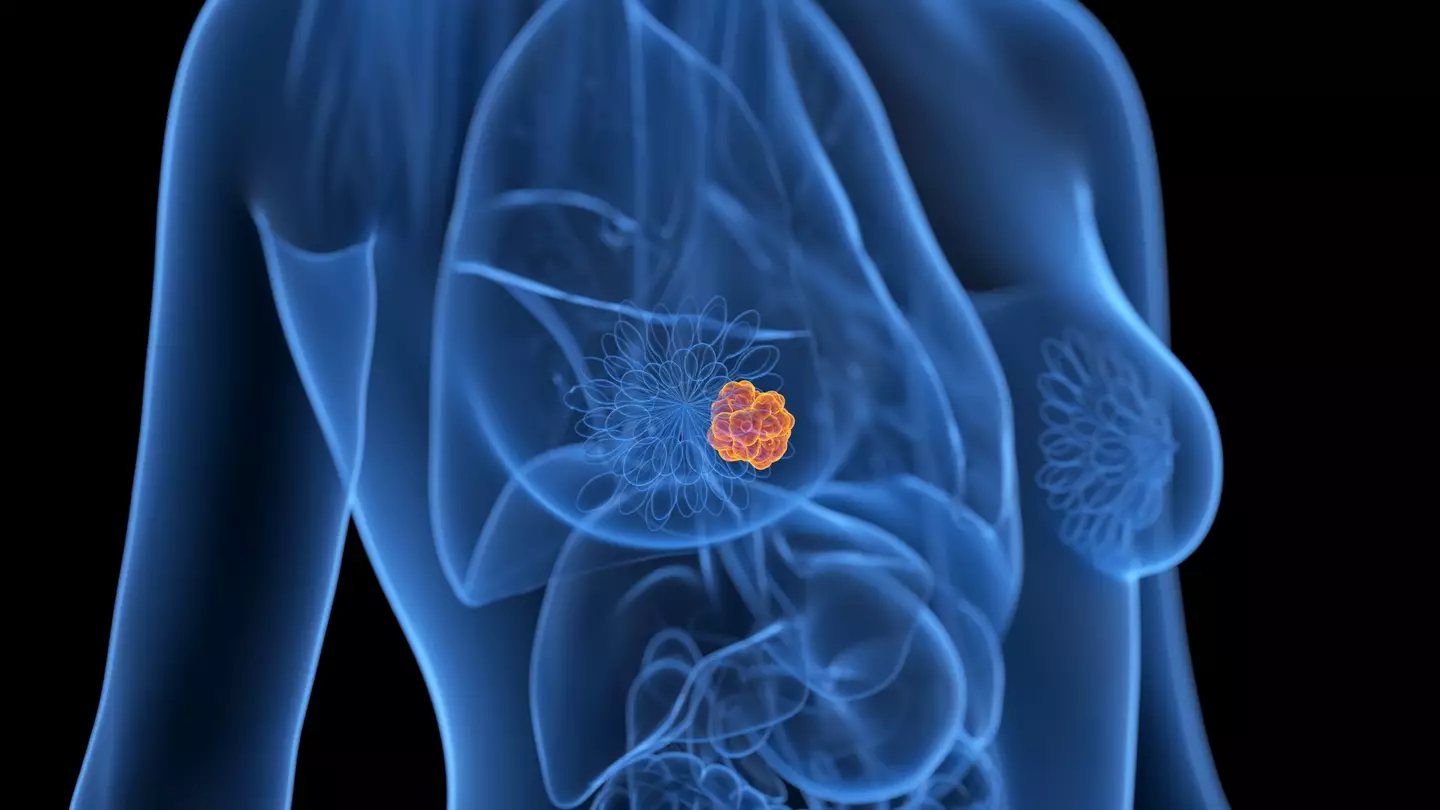
A lump in the breast or armpit could indicate cancer (SEBASTIAN KAULITZKI/SCIENCE PHOTO LIBRARY/Getty)
6) Lymph node in the armpit
As we mentioned earlier, lumps in breast cancer cases aren’t always found in the breast itself, and are sometimes noticed in the underarm area instead.
Lymph nodes are part of the lymphatic system that drains waste products from the body, and could be at risk of contracting cancer from other areas of the body.
It can also spread to lymph nodes in the collar bone or breast bone area.
7) Nipple discharge
Many breast cancer survivors recall nipple discharge being amongst the first signs they observed that something was wrong.
This could either appear bloody in colour, or a more worrisome milky/green or clear.
Leaking from the breast area in this way usually happens on its own, but in more concerning cases, the release is increased when the breast is squeezed.
Featured Image Credit: Getty Stock Images
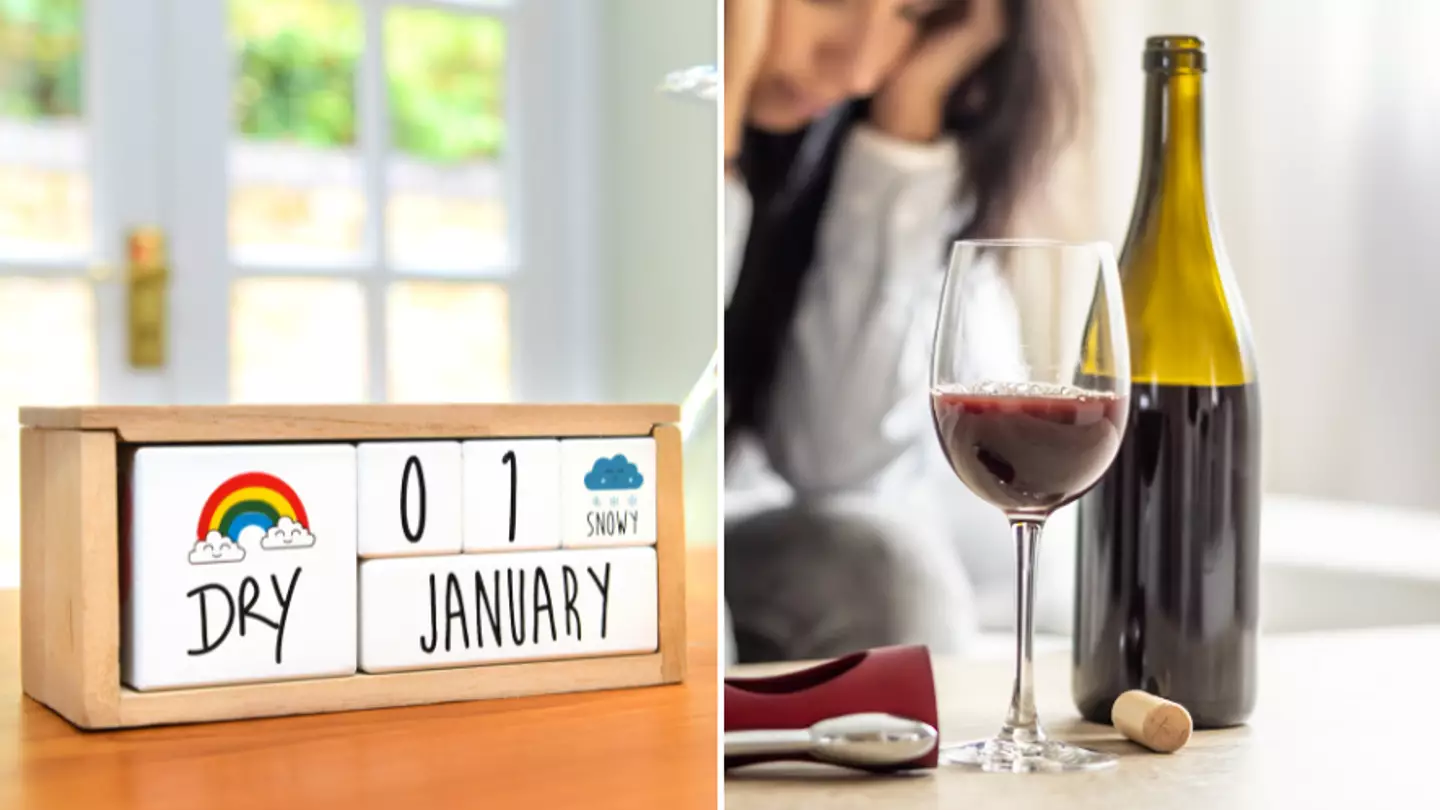
For many part-takers, Dry January marks a fresh start – whether that be in a bid to detox after a booze-fuelled Christmas, an effort to lose a few pounds or purely just to test your endurance.
And for individuals who rely heavily on alcohol, it can serve as the first step in a journey to implement a healthier lifestyle.
There aren’t always clear signs of alcoholism, however – as addiction specialist Dr Dave Barker told us this week – and the symptoms of a drinking habit can differ hugely from person to person.
That said, however, Dr Barker – who works as an expert for Gladstones Clinic – believes there are 10 means of measuring the extent of alcohol dependency.
These, he says, can also be used to determine whether or not a person should be classified as an alcoholic.
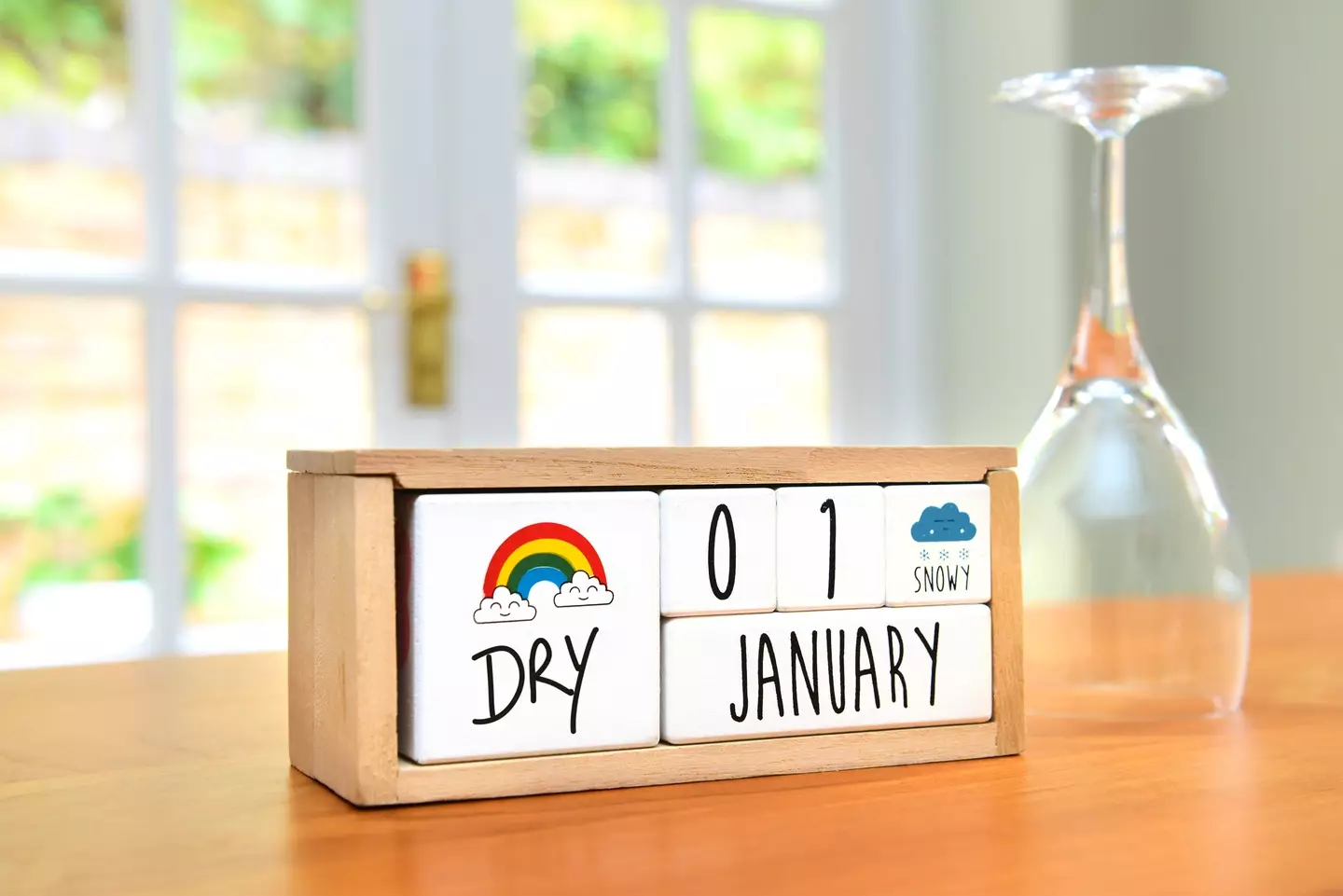
Dry January is just around the corner (Peter Dazeley/Getty)
1) Social events
If you find it tricky to imagine attending a social event without some form of alcoholic beverage, or dread the idea of talking to someone without the confidence that booze famously gives drinkers, he says this could indicate an unhealthy reliance.
2) Stress
“Using alcohol as a way to manage stress, anxiety, or difficult emotions can become a dangerous cycle,” Dr Barker explains, adding that Dry January can serve as a good opportunity to delve deeper into what is causing the stress.
As a result, healthier coping mechanisms can then be explored.
3) Been there, done that
Much like other habits like smoking and gambling, if you’ve tried to quit drinking before but have always relapsed, this could serve as a sign of dependancy.

Needing to drink on every social outing could be a bad sign (Klaus Vedfelt/Getty)
4) It’s never just one
Find it hard to stop drinking once you’ve had a couple? Or do casual drinks often dissolve into a full blown night on the town? It mightn’t just be your friends that are the bad influences.
“Consistently over-drinking could be an indicator that your consumption is becoming less controlled,” Dr Barker explained.
5) Drinking alone
Attempting to disguise how much alcohol you consume from others – whether that be drinking behind closed doors, or doing shots in secret – this could be a warning sign that reportedly shouldn’t be ignored.
6) Backwards priorities
If your boss suddenly complains that your professional endeavours have started slacking, you’re always late when visiting family members, or you’ve given up on several of your previous life goals, it may be because alcohol is absorbing all of your priorities.

Drinking alone, or needing to drink to relax, could both indicate an addiction to booze (SimpleImages/Getty)
7) ‘Hangxiety’
We’ve all been the victim of an absolutely brutal hangover at one point in our lives, but if you’re finding yourself waking up with a deep sense of anxiety or regret more regularly that you’d like, Dr Barker says it ‘could mean alcohol is negatively impacting your mental health’.
8) An aid to relaxation
If you feel you can’t properly unwind without a cheeky beer or a little glass of wine – and, because of this, you’re having one most evenings – it may be that you’re struggling with a severe level of dependancy.
9) Increased tolerance
Has the amount of alcohol you need in order to ‘feel drunk’ gradually increased over the years? Do you feel like you need to take on much larger amounts of booze to achieve the confidence you’re seeking?
If you answered ‘yes’, this could be a big problem.
“Needing more alcohol to feel the same effects is a sign that your body is adapting to your drinking habits,” Dr Barker explained. “Which can be a precursor to addiction.

A higher tolerance to booze could actually be a bad sign (Sarah Mason/Getty)
10) Defensive?
If comments made by other people about your drinking habits really grate on you, ‘this could be a sign that deep down, you’re aware there’s an issue’, Dr Barker continued.
Asked his general advice for any frequent drinkers thinking of giving themselves a break this January, he described it as a perfect ‘opportunity to pause and take stock’.
“If you recognise any of these warning signs, it might be worth exploring your relationship with alcohol further. The New Year is the perfect time to make small but meaningful changes for a healthier future.”
